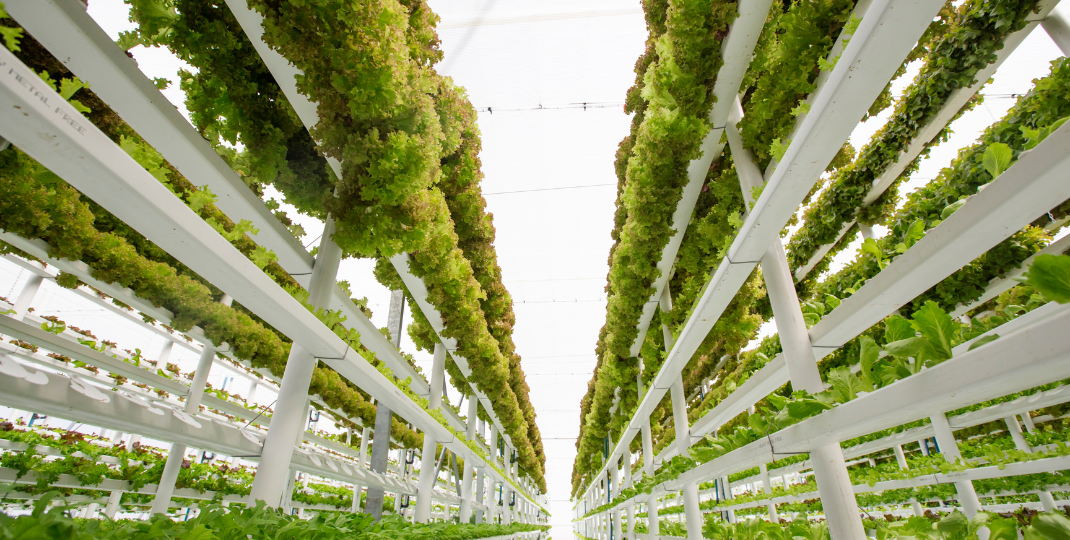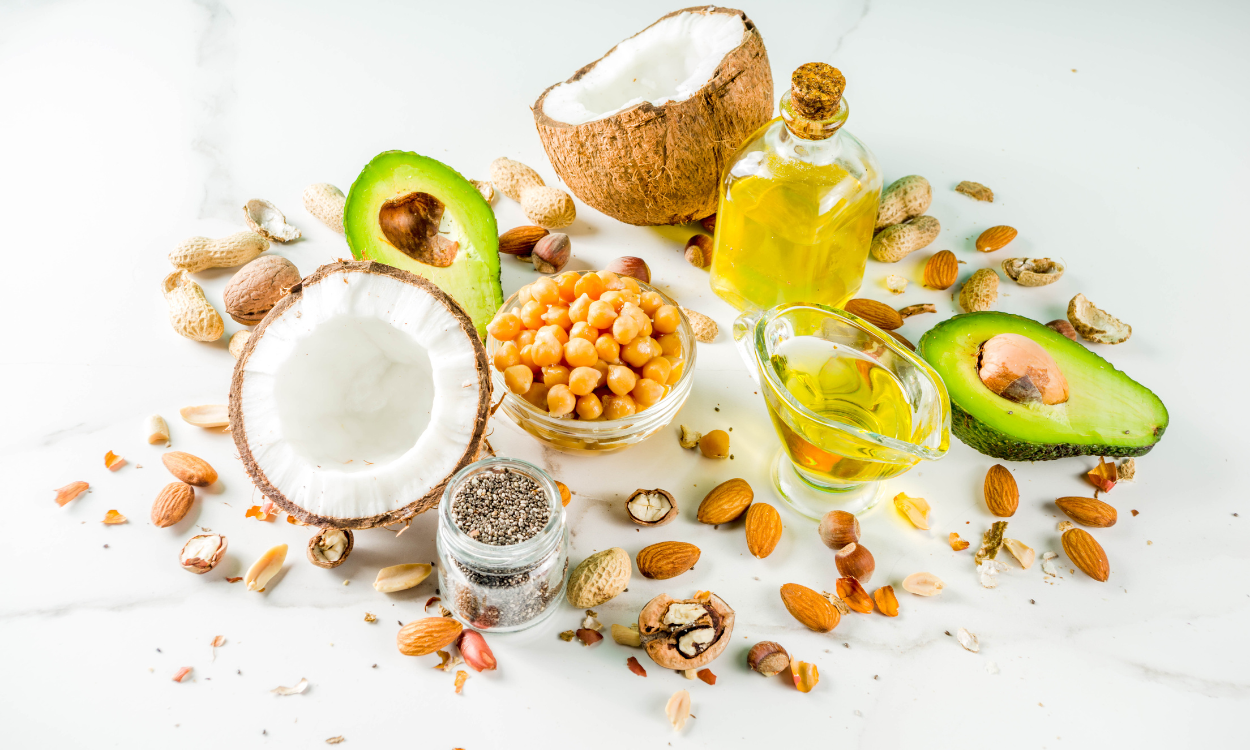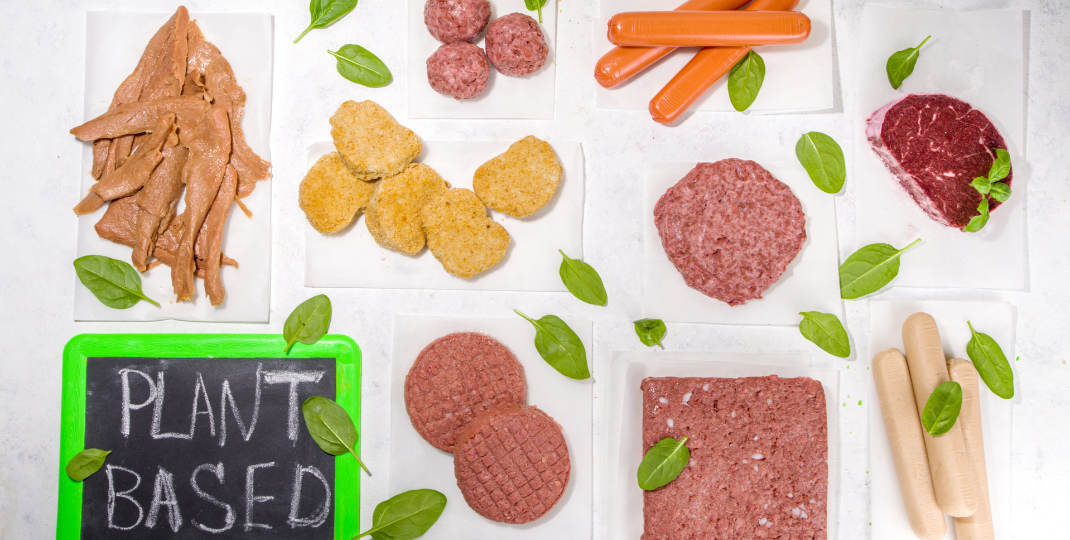Single cell protein (SCP) food refers to a type of nutrient-rich food produced from microorganisms such as bacteria, yeast, fungi, or algae. These microorganisms are cultivated in large quantities and their cells are harvested and processed into a versatile food source that can be used for human consumption or animal feed. SCP is gaining popularity as a sustainable alternative to traditional protein sources due to its high nutritional value, minimal environmental impact, and potential to alleviate global food shortages. With advancements in biotechnology and the growing demand for sustainable food options, single cell protein food offers a promising solution to feed a growing population while reducing the strain on our planet's resources.

What is single-cell protein food?
Single-cell protein food refers to a type of food that is derived from microorganisms, such as bacteria, yeast, or algae. These microorganisms are cultivated in large quantities and then processed into a protein-rich food source. Single-cell protein food can be used as an alternative to traditional animal-based proteins in various food products and supplements. It is considered a sustainable and environmentally friendly option as it requires fewer resources, land, and water compared to conventional meat production. Additionally, single-cell protein food has the potential to address global food security challenges by providing a nutritious and scalable protein source for a growing population.

How is single-cell protein produced?
Single-cell protein is produced through a process called microbial fermentation. It involves the cultivation and growth of microorganisms, such as bacteria, yeast, or fungi, in a controlled environment. These microorganisms are provided with a nutrient-rich medium that contains carbohydrates, minerals, and vitamins. As the microorganisms consume these nutrients, they undergo metabolic processes and multiply rapidly, forming colonies. The biomass generated by these microorganisms is then harvested, processed, and further refined to obtain single-cell protein, which is rich in essential amino acids and can be used as a sustainable and nutritious food source.
What are the nutritional benefits of consuming single-cell protein?
Single-cell proteins, also known as microbial proteins, have several nutritional benefits. They are a rich source of essential amino acids, which are the building blocks of proteins necessary for various bodily functions. Single-cell proteins are also highly digestible and can be easily absorbed by the body. They contain minimal amounts of carbohydrates and fats, making them a suitable option for individuals with specific dietary restrictions or those looking to reduce their calorie intake. Moreover, single-cell proteins can be produced using sustainable methods, such as using waste products or agricultural by-products, thus contributing to environmentally friendly food production practices.
Is single-cell protein food environmentally sustainable?
Single-cell protein (SCP) food is considered environmentally sustainable for several reasons. First, SCP production requires substantially less land compared to traditional livestock farming, reducing deforestation and habitat destruction. Second, SCP production has a significantly smaller carbon footprint as it emits fewer greenhouse gases and consumes less water compared to conventional animal agriculture. Third, SCP can be produced using various waste streams, such as agricultural residues or industrial byproducts, reducing the environmental impact of these materials. Lastly, SCP offers a more efficient use of resources, requiring less feed, water, and energy input to produce the same amount of protein, making it a promising solution for feeding a growing global population while minimizing environmental strain.
Are there any potential health risks associated with consuming single-cell protein?

Consuming single-cell protein does not pose any known significant health risks. Single-cell protein is derived from microorganisms such as bacteria, yeasts, or algae, which are rich in essential amino acids and nutrients. These proteins are a potential alternative to traditional animal-based proteins, as they require fewer resources and have a lower environmental impact. However, it is important to ensure that the production process of single-cell protein is regulated and quality-controlled to avoid contamination or the presence of harmful substances. Additionally, individuals with specific allergies or sensitivities may need to exercise caution or avoid consuming certain types of single-cell protein.

What are the different types of single-cell protein available?
Single-cell proteins (SCP) are a diverse group of proteins that can be derived from various microorganisms. The different types of single-cell protein available include yeast protein, fungal protein, algal protein, bacterial protein, and protozoan protein. Yeast protein is commonly used and can be obtained from Saccharomyces cerevisiae or Candida utilis. Fungal protein is derived from filamentous fungi like Aspergillus or Fusarium. Algal protein is sourced from microalgae such as Chlorella or Spirulina. Bacterial protein can be obtained from bacteria like Escherichia coli or Bacillus subtilis. Protozoan protein is derived from single-celled organisms like Paramecium or Euglena. These diverse sources of single-cell protein offer alternative and sustainable options for protein production, with potential applications in food, feed, and biotechnology industries.
Can single-cell protein be used as a substitute for traditional animal-based protein sources?
Single-cell protein has the potential to be used as a substitute for traditional animal-based protein sources due to its various advantages. Single-cell protein is produced from microorganisms like bacteria, algae, or yeast, which can be grown in controlled environments using minimal resources. This makes it a more sustainable and environmentally friendly option compared to traditional animal protein sources that require large amounts of land, single cell protein food water, and feed. Additionally, single-cell protein can be genetically modified to have desired nutritional profiles and can be produced year-round regardless of climate conditions. While there are still challenges to overcome in terms of cost, taste, and consumer acceptance, the potential for single-cell protein to contribute to the global protein demand and reduce the environmental impact of traditional animal agriculture is promising.

What challenges and limitations exist in the large-scale production and commercialization of single-cell protein food?

The large-scale production and commercialization of single-cell protein food face several challenges and limitations. Firstly, there is a lack of regulatory frameworks specifically tailored to single-cell protein products, leading to uncertainty and potential barriers in the approval process. Additionally, scaling up production requires significant investments in infrastructure and technology, which may not be financially viable for all companies. Another challenge is the public perception and acceptance of single-cell protein as a food source, as cultural and social factors can influence consumer preferences. Furthermore, sourcing raw materials for single-cell protein production, such as microorganisms or algae, can be limited by availability and sustainability concerns. Lastly, ensuring the nutritional quality, taste, and texture of single-cell protein products at a competitive price remains a challenge that needs to be overcome for successful commercialization.
The Promising Future of Single Cell Protein: A Sustainable and Nutritious Alternative
In conclusion, single cell protein food holds great promise as a sustainable and viable solution to address the challenges of food security and environmental degradation. With its high nutritional value, efficient production process, and minimal resource requirements, it has the potential to provide a reliable and affordable source of protein for a rapidly growing global population. Additionally, the versatility of single cell protein allows for its incorporation into various food products, offering endless possibilities for innovation and diversification in the food industry. As we continue to explore and develop this technology, it is imperative that we prioritize further research, investment, and regulation to ensure its safety, scalability, and acceptance by consumers. By embracing single cell protein food, we can pave the way for a more sustainable and resilient food system that meets the needs of future generations.
